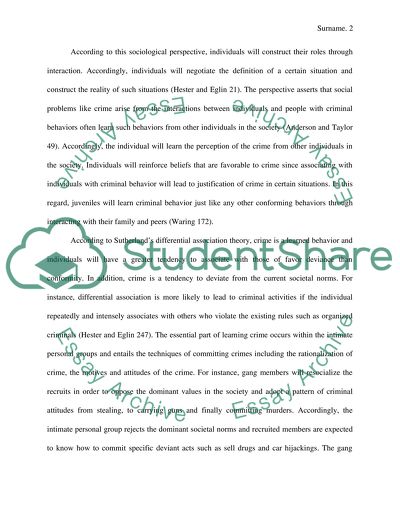Cite this document
(“Social problems , who breath easy Research Paper”, n.d.)
Retrieved from https://studentshare.org/sociology/1480666-social-problems-who-breath-easy
Retrieved from https://studentshare.org/sociology/1480666-social-problems-who-breath-easy
(Social Problems , Who Breath Easy Research Paper)
https://studentshare.org/sociology/1480666-social-problems-who-breath-easy.
https://studentshare.org/sociology/1480666-social-problems-who-breath-easy.
“Social Problems , Who Breath Easy Research Paper”, n.d. https://studentshare.org/sociology/1480666-social-problems-who-breath-easy.


